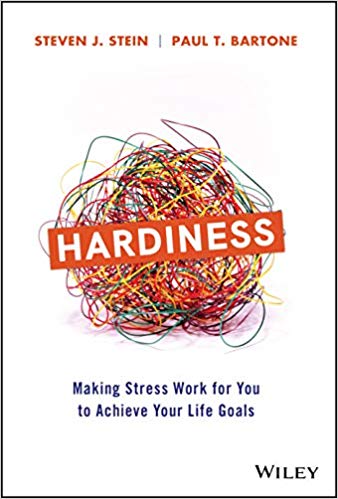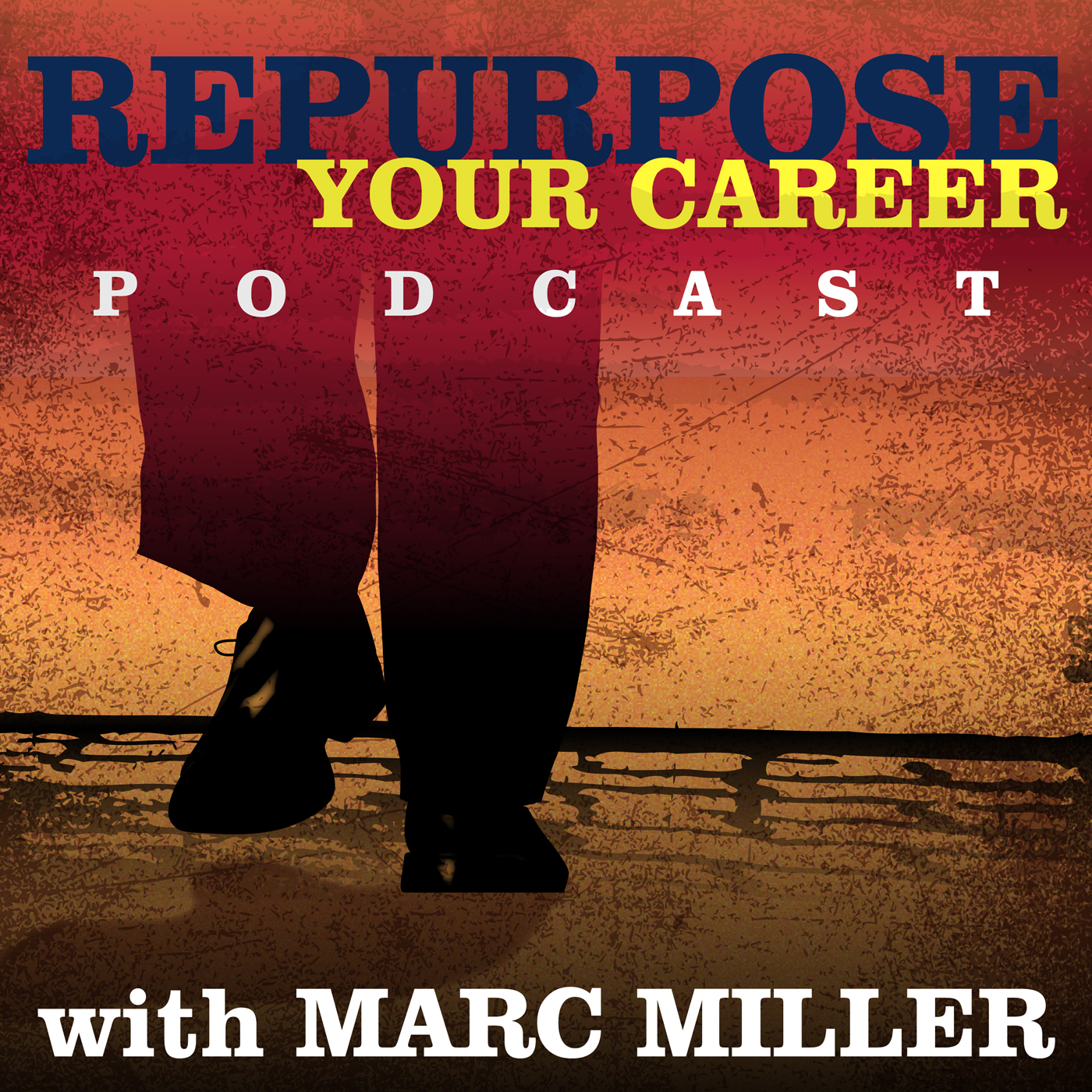Hardiness: Making Stress Work for You
 This book’s title piqued my interest – “Hardiness: Making Stress Work for You to Achieve Your Life Goals” by
This book’s title piqued my interest – “Hardiness: Making Stress Work for You to Achieve Your Life Goals” by
What is “Hardiness” and what is its impact on me?
Stress is usually perceived as something to avoid – i.e. risk aversion. The key is “making stress work for you”.
This concise and readable book provides a process, tools (reinforced with research/case studies) and real examples “to explain hardiness in a way that makes sense to the average reader and to provide tips and strategies to improve your own hardiness and your ability to deal with the stresses of life.”
“In this book, we’ll be exploring positive approaches that people have successfully used to handle stressful situations in their lives.”
The book is organized with an initial discussion about what is stress, unavoidable stress, our response and impact on our health, and effects on work and personal lives. Here the Three C’s are introduced…“the three facets of commitment, challenge and control work together in synchrony creating a mindset or worldview that is highly effective and makes them (us) resilient in coping with stressful conditions.”
The following chapters provide greater detail of each C, with examples, case studies/research, and real person examples, reinforcing how each makes us a “high hardy” person, better equipped to cope with inevitable stress. A series of questions and exercises are also provided to support our recognition and development of our Three C’s. This includes the Hardiness Resilience Gauge (HRG) and Emotional Quotient 2.0 (EQ-1 2.0).
“ Our hope is that the information and methods we provide can help you lead a more fulfilling and less stressful life.”
Later chapters provide details on what we can learn from high-stress jobs such as:
- Musical directors
- First responders
- US Military Academy at West Point
The final chapters discuss what is a “hardy leader” and how the Three C’s have a positive influence on our health.
I perhaps intuitively knew what stress is and its potential damage to our health, but not the tools to use stress in a positive way. The discussions and case studies complemented and expanded my prior knowledge and concepts.
- Failure – We all have some level of fear of failure or risk aversion, “but it’s what you do with failure, how you process it, that makes a difference.”
- Mindset – This concept from Carol Dwek’s book Mindset: the new psychology of success (2016) is expanded by the authors – “… each of the three C’s of hardiness is related to mindset. The higher one’s hardiness, the more one operates from a growth mindset, as opposed to a fixed mindset.”
- Believing in Yourself/Persistence – This is similar to Grit, the Power of Passion and Perseverance, 2016, Angela Duckworth. But the authors take this further – “unlike grit – which is an unwavering pursuit of a goal, regardless of the reality of achieving it – people high in hardiness challenge will objectively evaluate whether the track they are on is worthwhile.” This also is relevant to Necessary Endings (2011), Henry Cloud.
- Emotional Intelligence – Using case studies and individuals, the authors link the Hardiness Resilience Gauge (HRG) and Emotional Quotient 2.0 (EQ-1 2.0). Stress tolerance is strongly judged by these assessments; they “…assess your ability to directly confront and manage stressful situations, as opposed to hiding and avoiding them or mainly reacting emotionally. People high in stress tolerance tend to view stressful situations honestly and deal with them, often through focusing on the task at hand and problem-solving.” While I am not familiar with EQ-1 2.0, this is complimentary with Positive Intelligence, Shirad Chamine, 2012, which I have read and used its techniques.
“ We hope that this book has given you the knowledge, tools and inspiring examples to help you lead a hardier life.”
This book is highly recommended. The subtitle Making Stress Work for You to Achieve Your Life Goals met that goal, particularly with its relevance to transitioning from working to “semi-retirement” (yes – there is stress after leaving the workplace!).
The more I read, the more I learned much about myself and how important stress can be a positive tool. The book provides specific examples and techniques, reinforced by case studies and research, to develop our strengths for a “hardy mindset”. The material also reinforced and expanded my knowledge from other books and experiences, all in an understandable but concise format that will be remembered and used!
 This post was written by David Jenkins. David holds a Master’s Degree in Business Administration (Management) from Loyola University (Baltimore) and a Master’s in City and Regional Planning from Catholic University (Washington, DC). He has extensive experience in management in a variety of for-profit and non-profit positions in Southern Maryland. This also included a partner/owner of a small consulting firm.
This post was written by David Jenkins. David holds a Master’s Degree in Business Administration (Management) from Loyola University (Baltimore) and a Master’s in City and Regional Planning from Catholic University (Washington, DC). He has extensive experience in management in a variety of for-profit and non-profit positions in Southern Maryland. This also included a partner/owner of a small consulting firm.Like What Your Read? Get Career Pivot Insights
Do You Need Help With ...

Check out our Help Center where you have access to 14 different content portals.


